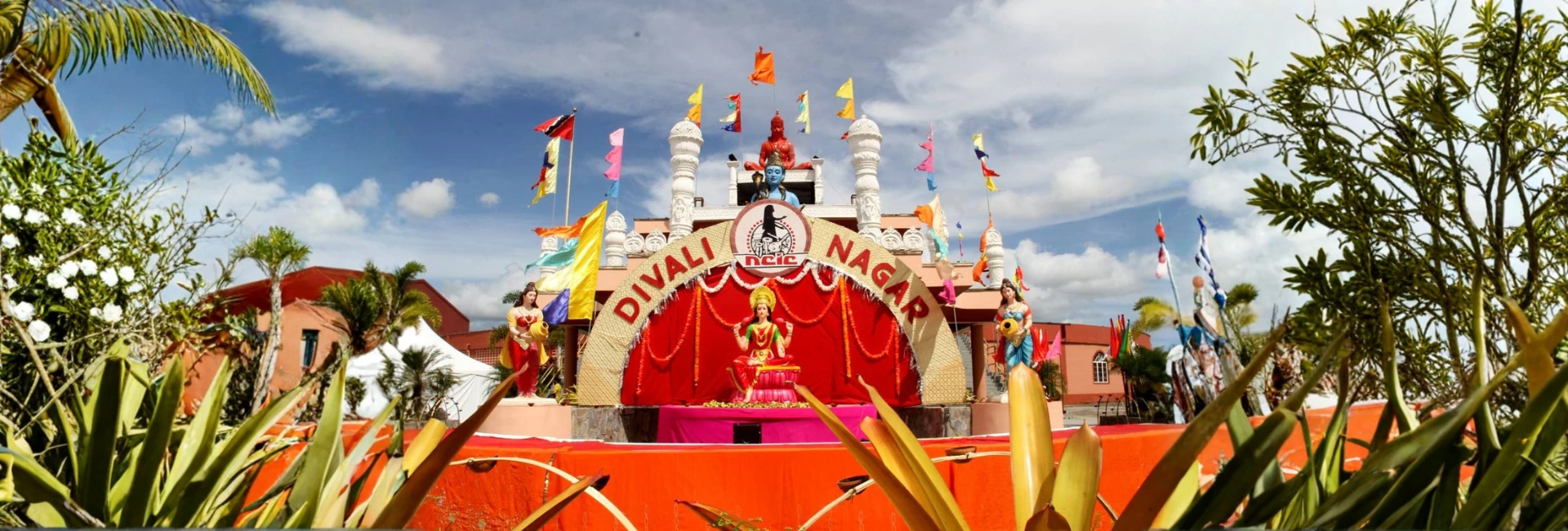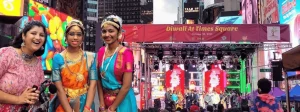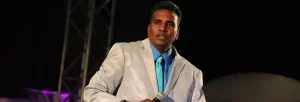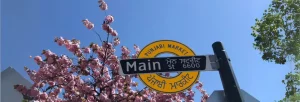(October 19, 2025) Although Indo-Trinidadians formed a large community as descendants of indentured labourers who arrived in the Caribbean in 1845 from India, their cultural voice on Trinidad’s national stage remained subdued. It wasn’t until 1986, with the birth of Divali Nagar, that this once-reticent diaspora began asserting its cultural strength and soft power, transforming private devotion of their culture and heritage into an identity that illuminated the nation.
When dusk falls over central Trinidad in late October or early November, as the festival of Diwali approaches, the air along the Uriah Butler Highway, the island’s busiest north–south artery linking the capital, Port of Spain, to the central town of Chaguanas begins to shimmer. Strings of coloured bulbs blink awake. The double headed Brass tassa drums played in rhythmic cascades, central to Indo-Caribbean festivities echo from a distance.
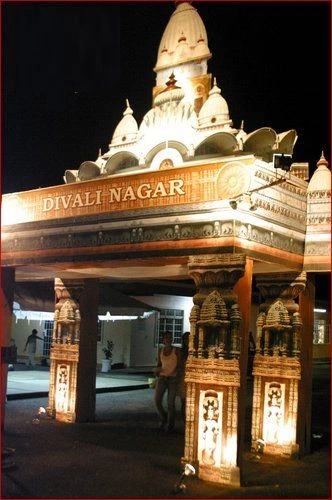
The scent of frying pholourie, an Indian snack from eastern Uttar Pradesh and Bihar, the regions from which most Indo-Trinidadians trace their roots, and sweet jalebi mingles with the perfume of ghee lamps flickering against the night breeze. For a period of nine days each year, an ordinary stretch of Chaguanas transforms into something extraordinary. Popularly known as Divali Nagar, the City of Lights, its a carnival of devotion and diaspora memory.
This year, the fairgrounds come alive once more with the rhythm of bhajans drifting through the night and the cheerful hum of food stalls serving fragrant curries and sweets. Children in silk kurtas cheerfully move between rows of glowing diyas, while elders pause to greet old friends. It’s a scene both timeless and unmistakably Indo-Trinidadian.
Seeds of a cultural awakening
Before Divali Nagar came into being, there was the National Council of Indian Culture (NCIC) founded in the 1960s by Indo-Trinidadian Bisram Gopie to nurture Indian music, dance, and drama in a newly independent Trinidad still defining its national character. For two decades, the council kept Indo-Trinidadian art alive through cultural exchanges and tireless volunteerism. But by the mid-1980s, one man, Hansley Hanoomansingh, believed it was time to take that heritage out of private courtyards and into the national spotlight as despite their numbers, the Indian diaspora in Trinidad remained culturally marginalised, their traditions respected in private but rarely celebrated in the public sphere.
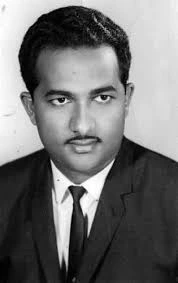
Hansley Hanoomansingh in his younger days
During a professional visit to the United States, Hanoomansingh who became the youngest member of parliament in 1966 at the age of 24, and a broadcaster by passion attended a cultural diplomacy seminar at the U.S. State Department, where a poster titled “The African Diaspora in the Caribbean” caught his attention writes Dr. Visham Bhimull in a blog published at NCIC’s website. Curious, he asked, “But what about the Indian presence?” The silence that followed revealed a painful truth that the Indian diaspora, both abroad and at home in Trinidad, remained largely invisible. That moment crystallised his resolve that Indo-Trinidadians needed not just to preserve their culture, but to project it proudly, publicly, and unapologetically onto the national and global stage.
A vision called Divali Nagar
It was February 1986. Hanoomansingh gathered some NCIC members and cultural leaders, inviting them to imagine something unprecedented. It was the idea of organizing a national celebration of Divali, open to everyone, transcending temple walls and household altars. “Picture it,” he told them. “Music in the air. Lamps in the thousands. Our children dancing under the stars. A City of Lights where the entire nation could gather.”
His vision was to transform Divali from a private religious observance into a public festival of identity, where light symbolised not only spiritual triumph but cultural recognition. He named the cultural extravaganza Divali Nagar — The City of Lights, and envisioned it as a space where Trinidadians of every background could encounter the richness of Indian culture.
That same year, the first Divali Nagar opened in the town of Chaguanas, drawing over 23,000 people, twice the expected number. A procession of schoolchildren carried a statue of Goddess Lakshmi to the main stage, accompanied by the rolling beat of tassa drums and the melodic devotion of bhajans. The scent of curry, ghee, and incense filled the warm air as local performers took the stage with reverence that felt almost liturgical.
That night marked the beginning of a new era. Hansley Hanoomansingh, who would later go on to become a respected journalist, broadcaster, and parliamentarian receiving the Humming Bird Gold medal for his contributions in culture and broadcasting, was happy to see his vision turn into a resounding success.
From a festival to a movement
By the early 1990s, Divali Nagar had grown so large that the government granted the NCIC 15 acres of land along the highway in Chaguanas. Since then, each annual celebration has been anchored by a theme drawn from philosophy or Indian history like Satyameva Jayate, Ahimsa, The Life of Gandhi, Swami Vivekananda and the World Parliament of Religions.
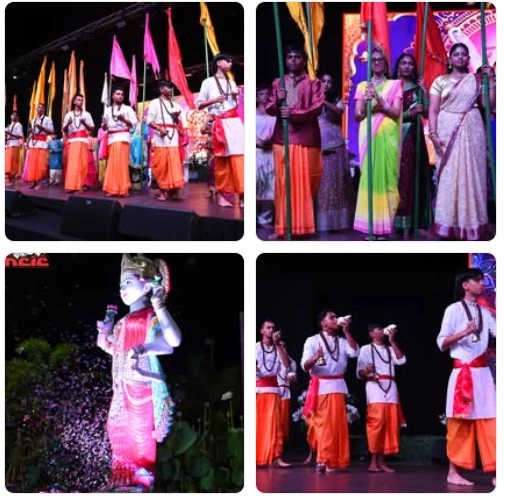
A glimpse of festivities of the Divali Nagar 2025
Throughout the rest of the year, the Divali Nagar grounds remains community hub. The expansive site hosts charitable fundraisers, educational workshops, wedding receptions, religious observances, and major cultural commemorations such as Indian Arrival Day, which marks the landing of the first Indian indentured labourers in May 1845, when the ship Fatel Razack arrived after a five-month voyage carrying 275 migrants from India. Trinidad and Tobago was the first nation in the world to officially recognize this historic landing as a public holiday, a gesture later adopted by other countries with large Indian diasporas, including Guyana, Suriname, Fiji, South Africa, and Mauritius.
A city alive with light
To step into Divali Nagar today is to enter a living museum of Indo-Caribbean identity. As night falls, rows of diyas trace glowing patterns across courtyards and pathways. The main stage hosts hours of performances like classical dance, tassa, and Bollywood medleys while the folk theatre nearby keeps alive Bhojpuri folk traditions like baithak gana, sohar and kajri. Stalls sell everything from saris and temple jewellery to Trinidadian Indian snacks.
In the very first celebration of the Divali Nagar, a replica of a Girmitya Village was recreated complete with bamboo kitchen, cast-iron pot, and sugar-cane cutlass. Inside, volunteers explained how their ancestors lived when they arrived as indentured workers from India between 1845 and 1917. For many today, Divali Nagar has become a pilgrimage. For others a pageant, and a reunion.
View this post on Instagram
A festive model followed by other nations
The festival’s influence now extends far beyond Trinidad. Over the decades, delegations from Guyana, Suriname, Canada, and even India have participated. Indo-Caribbean communities in New York and Toronto have since launched their own “Divali Nagar”-style celebrations, inspired by Trinidad’s model.
Even Trinidad’s corporate world has taken notice. During the Divali season, banks adorn lobbies with diyas, radio stations play bhajans, and airlines serve vegetarian meals in honour of the festival. 40 years ago, at the time of Deevali Nagar’s formation, no one imagined that Divali would be spoken of in the same breath as Carnival in Trinidad.
Legacy and light
This year’s Divali Nagar is suffused with both celebration and remembrance. The NCIC mourns the passing of Hansley Hanoomansingh the man who planted the seeds of Deevali Nagar. He breathed his last in July 2025.
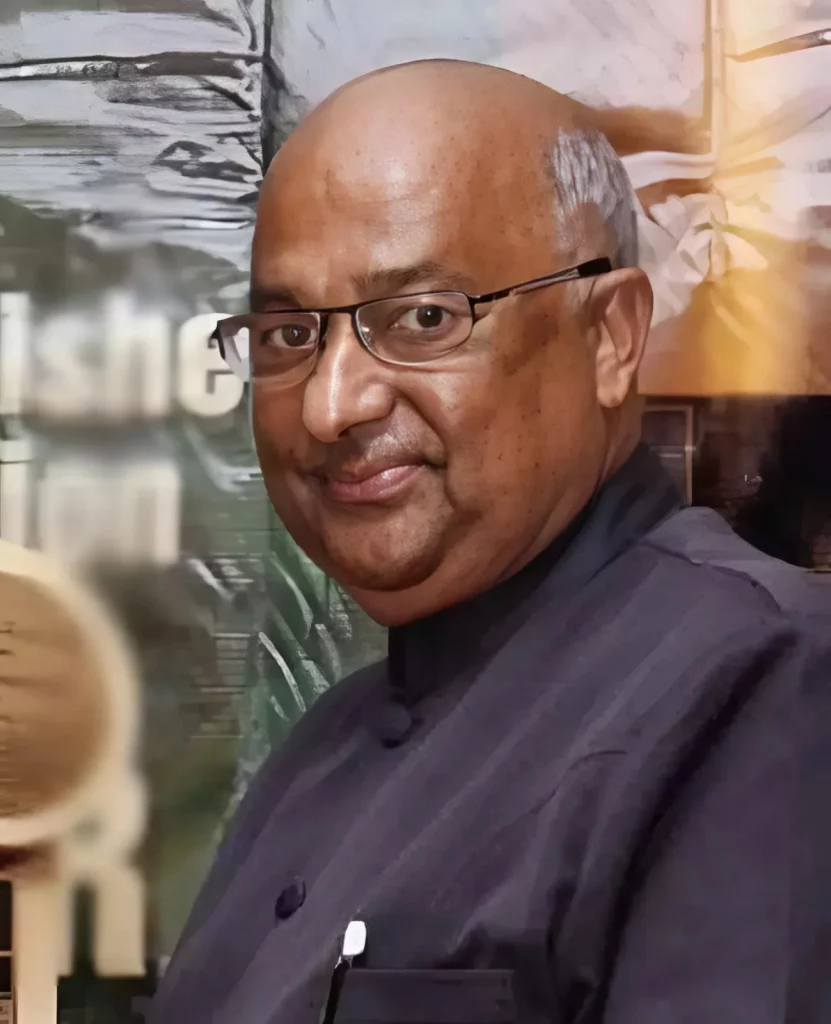
Late Hansley Hanoomansingh
As fireworks crackle and the night sky above the city of Chaguanas glows orange and gold, in Divali Nagar, time seems suspended between India and Trinidad, past and present, faith and festival, all merging into one bright horizon. In that radiance, the vision of Hansley Hanoomansingh lives on.
ALSO READ: Moscow ka Raja: Ganesh Utsav weaves Indian traditions into Russia’s capital
